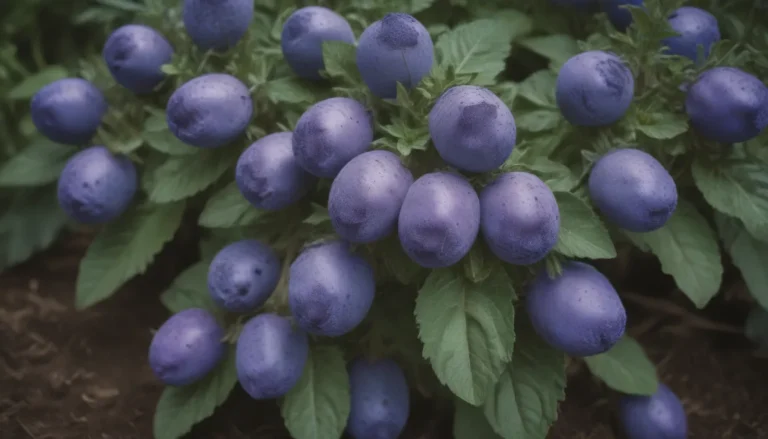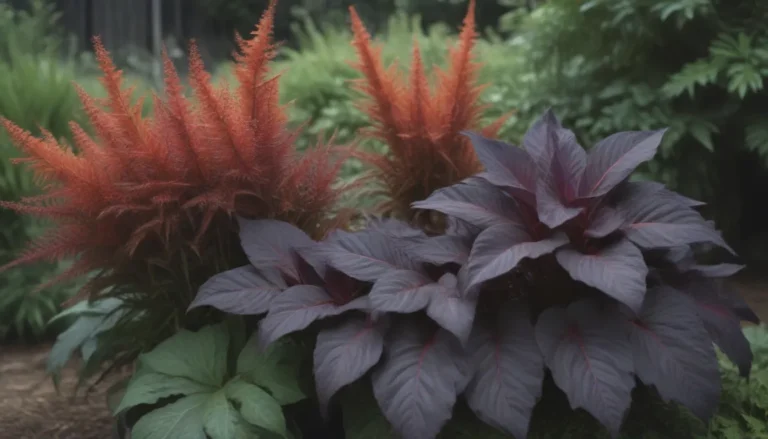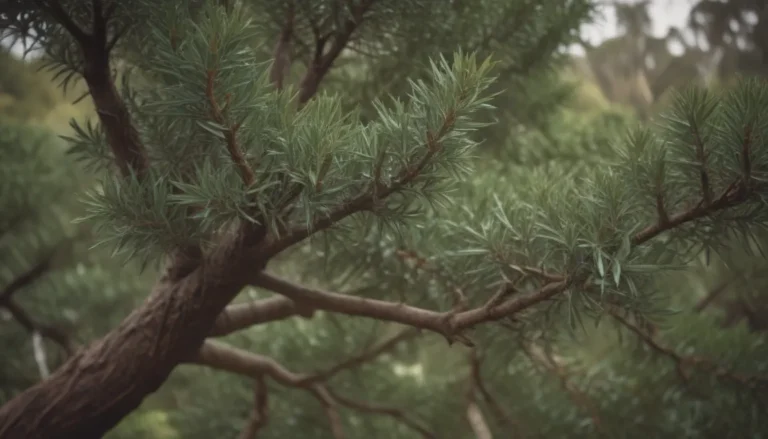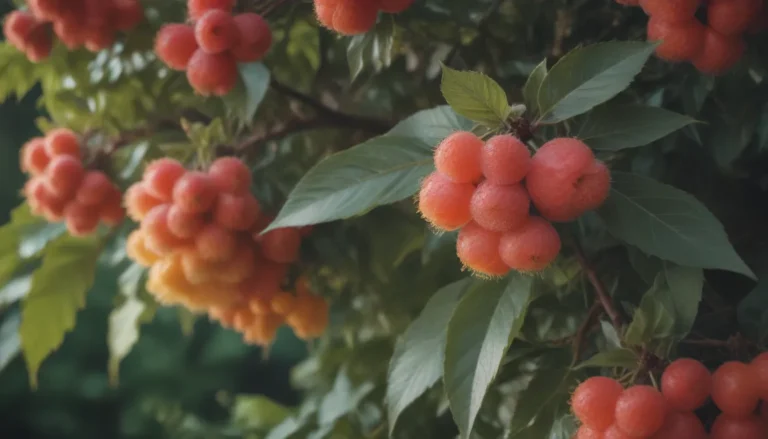Ultimate Guide to Growing and Caring for Agastache
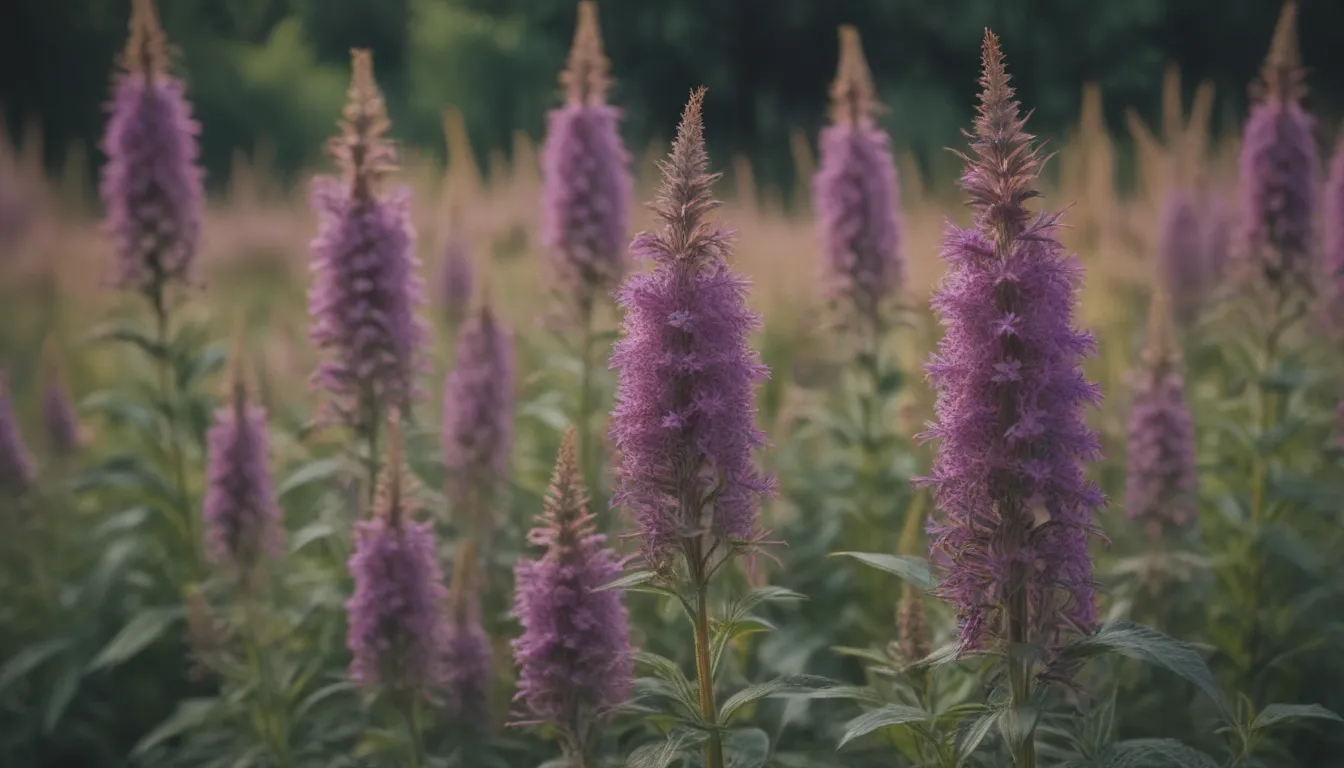
Welcome to the ultimate guide on how to grow and care for agastache, the beautiful herbaceous perennial loved for its ability to attract pollinators. Despite its tricky pronunciation (“ah-GAH-stuh-kee”), this plant offers a plethora of benefits for your garden. With over 22 different species, many of them native to North America, agastache adds vibrant colors and a minty, herby fragrance to your outdoor space.
In this comprehensive guide, we will delve into the world of agastache, exploring its care requirements, different varieties, propagation methods, and more. Whether you are a seasoned gardener or a beginner looking to enhance your garden with this stunning plant, you will find valuable information to help you successfully grow and maintain agastache in your own backyard.
Why Choose Agastache for Your Garden
Before we dive into the specifics of growing and caring for agastache, let’s explore why this plant is a fantastic addition to any garden. Here are some key reasons to consider planting agastache:
- Lures pollinators such as bees, butterflies, and hummingbirds
- Available in a wide range of vivid colors
- Deer-resistant and rabbit-resistant
- Edible leaves and flowers that can be used to make herbal tea
- Long-blooming perennial, offering color all summer
With its attractive appearance and beneficial qualities, agastache is a versatile plant that can thrive in various garden settings. Now, let’s move on to the essential care requirements for growing healthy agastache plants.
Agastache Care Tips
Once established, agastache is relatively low-maintenance and can return year after year with proper care. Follow these key tips to ensure your agastache thrives in your garden:
Light
- Agastache thrives in full sun
- Can tolerate the hottest sun of the day
Soil
- Prefers lean soils with low levels of nutrients
- Adding sand to loamy soil can improve suitability for agastache growth
Water
- Requires deep watering but does not thrive in consistently moist conditions
- Mimic desert conditions with occasional heavy rain followed by days of hot sun
Temperature and Humidity
- Handles high temperatures well
- Avoid persistently moist spots to prevent root rot
- Protect roots from freezing in winter, especially in USDA zones 5 or 6
- Use gravel as a mulch barrier to prevent root rot from frozen soil
Fertilizer
- Minimal need for fertilizer
- Top dressing of compost in autumn can keep plants healthy
By following these care tips, you can create an optimal environment for your agastache to flourish. Now, let’s explore the different types of agastache varieties available for your garden.
Types of Agastache Varieties
Agastache comes in various species and cultivars, each offering unique characteristics and colors. Here are some popular types of agastache to consider planting in your garden:
- Agastache cana
- Agastache foeniculum
- Agastache scrophulariifolia
- Agastache rupestris
- Agastache ‘Blue Fortune’
- Agastache ‘Firebird’
- Agastache rugosa ‘Honey Bee Blue’
- Agastache barberi ‘Tutti Frutti’
- Agastache aurantiaca ‘Tango’
- Agastache ‘Morello’
With a diverse selection of agastache varieties available, you can choose the one that best suits your garden’s aesthetic and requirements. Now, let’s discuss important care practices such as pruning, propagating, and potting your agastache plants.
Pruning and Propagating Agastache
In addition to basic care, pruning and propagating techniques can help maintain the health and longevity of your agastache plants. Here’s how you can effectively prune and propagate agastache:
Pruning
- Pinch new growth in the spring to encourage bushier plants
- Deadhead spent flowers to keep plants tidy and prevent self-seeding
- Cut back perennial plants by one-third in the spring for new growth
- Stop pinching and deadheading in midsummer to avoid cold damage
Propagating Agastache
- Divide existing plants or propagate from cuttings
- Grow cuttings from mature plants to create new agastache individuals
By incorporating pruning and propagating practices into your agastache care routine, you can ensure healthy and vibrant plants in your garden. Now, let’s explore how to grow agastache from seed and pot them for optimal growth.
Growing Agastache From Seed and Potting Tips
If you want to start agastache from seed or pot existing plants, follow these guidelines for successful growth and maintenance:
Growing From Seed
- Collect seeds when fully dry but before they disperse
- Direct sow seeds in the garden in the fall for cold stratification
- Barely cover seeds for germination in 14 to 21 days
Potting Tips
- Choose a container with large drainage holes and room for root growth
- Use well-draining potting soil for container-grown plants
- Repot when root system fills the pot to prevent overcrowding
By following these steps, you can propagate and pot agastache plants effectively, ensuring strong and healthy growth in your garden. Next, let’s discuss overwintering practices and common pests and diseases that may affect your agastache plants.
Overwintering and Pest Management
To protect your agastache plants during the winter and prevent common pests and diseases, consider the following practices:
Overwintering
- Allow perennial agastache to go dormant in the fall
- Cut back dead stems in the spring to encourage new growth
Common Pests & Diseases
- Watch for root rot in poorly drained soil
- Monitor for powdery mildew and leaf spot in humid conditions
By implementing overwintering strategies and monitoring for pests and diseases, you can maintain healthy agastache plants year-round. Now, let’s delve into how to encourage blooming and address potential issues that may arise during the blooming period.
Encouraging Blooms and Addressing Bloom-related Issues
To ensure your agastache plants bloom beautifully and continuously, follow these tips for maximizing blooming potential:
- Pinch back growth in the spring to encourage branching
- Deadhead spent flowers for continuous blooming
- Remove seed heads to prevent self-seeding if desired
- Watch for over-fertilization as a potential cause of lack of blooming
By following these recommendations, you can enjoy vibrant blooms from your agastache plants throughout the growing season. Now, let’s wrap up with a summary of key points and a reminder of the benefits of growing agastache in your garden.
In Conclusion
In conclusion, agastache is a versatile and beautiful plant that can enhance any garden with its vibrant colors and beneficial qualities. By following the care tips provided in this guide, you can successfully grow and maintain healthy agastache plants in your outdoor space. From selecting the right varieties to pruning, propagating, and potting techniques, this guide has covered everything you need to know to care for agastache effectively.
So, whether you are a seasoned gardener looking to diversify your plant collection or a beginner seeking to cultivate a pollinator-friendly garden, agastache is an excellent choice. With its ability to attract bees, butterflies, and hummingbirds, as well as its long-lasting blooms and edible qualities, agastache is truly a multifaceted plant that offers both aesthetic beauty and practical benefits.
Incorporate agastache into your garden today and experience the joy of watching this remarkable plant thrive and flourish in your outdoor oasis. Happy gardening!
